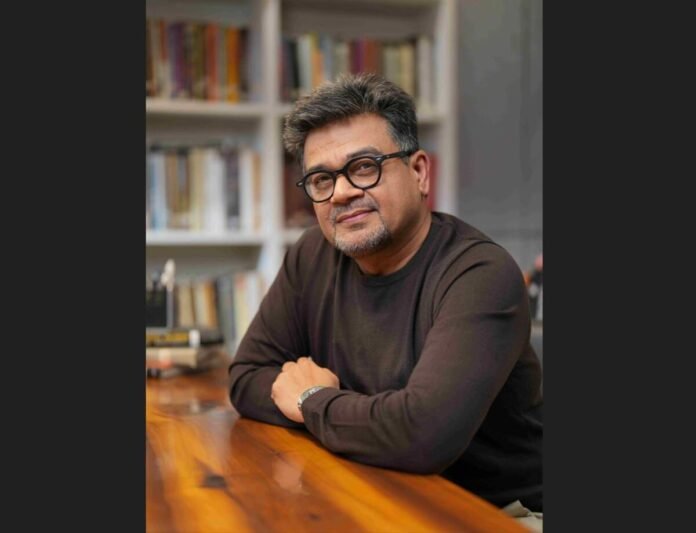In today’s hospitality landscape, luxury alone no longer defines excellence. The most memorable hotels and resorts are not those adorned with the most opulent materials or extravagant detailing—but those that tell a story. They immerse guests in a narrative where design, culture, and emotion intersect. True hospitality design is not just about building beautiful spaces; it’s about crafting experiences that linger long after the stay ends.
At Studio B Architects, every hospitality project begins with a question: What is the story this place wants to tell? This narrative becomes the foundation upon which architecture, interiors, and context come together. It may be a story of local heritage, a celebration of craft, or a dialogue with the landscape. When design stems from this authentic narrative, it resonates with people on a deeper, more human level.
The essence of storytelling in design lies in creating emotional connections. Guests should not merely inhabit a space—they should feel it. From the first step into a lobby to the quiet moment in a courtyard or the play of natural light in a dining area, every element must evoke a sense of belonging and discovery. Architecture, at its best, engages all senses. A well-designed space whispers of its purpose through textures, sounds, and transitions, making the guest experience immersive and memorable.
Luxury, therefore, becomes a byproduct of authenticity, not excess. In today’s conscious world, people seek experiences that are refined yet rooted, indulgent yet meaningful. Materials that age gracefully, spatial compositions that invite pause, and details that reflect craftsmanship—these elements speak a language of quiet luxury. Such environments exude character, not by shouting for attention but through thoughtful restraint.
Designing hospitality spaces that tell a story also means designing for time. Stories evolve, and so should spaces. Adaptive layouts, locally sourced materials, and context-responsive forms ensure that architecture remains relevant as guest expectations change. For me, the ultimate measure of success is when a space continues to feel fresh and evocative even years after it opens—when it matures instead of dates itself.
Technology, too, plays an understated but vital role. Intelligent lighting, climate systems, and personalized digital interfaces can enhance the guest journey—but they must remain invisible, supporting the narrative rather than overpowering it. The true art lies in seamlessly blending innovation with emotion, ensuring that technology enriches human experience instead of replacing it.
Every hospitality project is an opportunity to celebrate the culture of a place while offering the comfort of universality. Whether it’s a boutique retreat nestled in nature or a high-energy urban hotel, the story should remain consistent—a balance between context, craft, and comfort.
Ultimately, storytelling in design is about empathy. It’s about understanding people—their aspirations, their need for connection, and their search for meaning. Architecture that can weave these emotions into its form transcends trends. It becomes timeless, not because it resists change, but because it continues to speak to the human spirit.
By Ar. Anil Badan, Founder and Principal Architect, Studio B Architects



